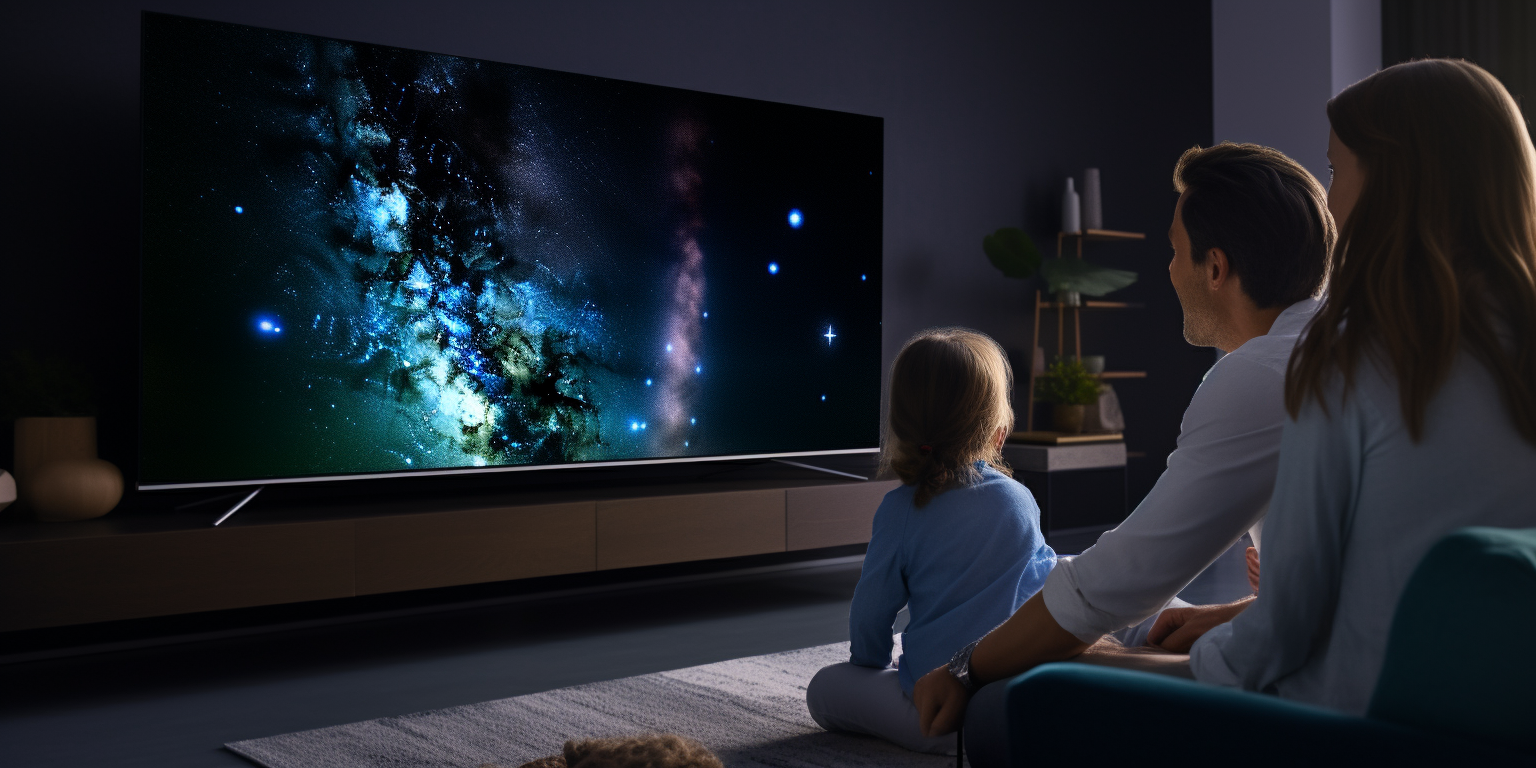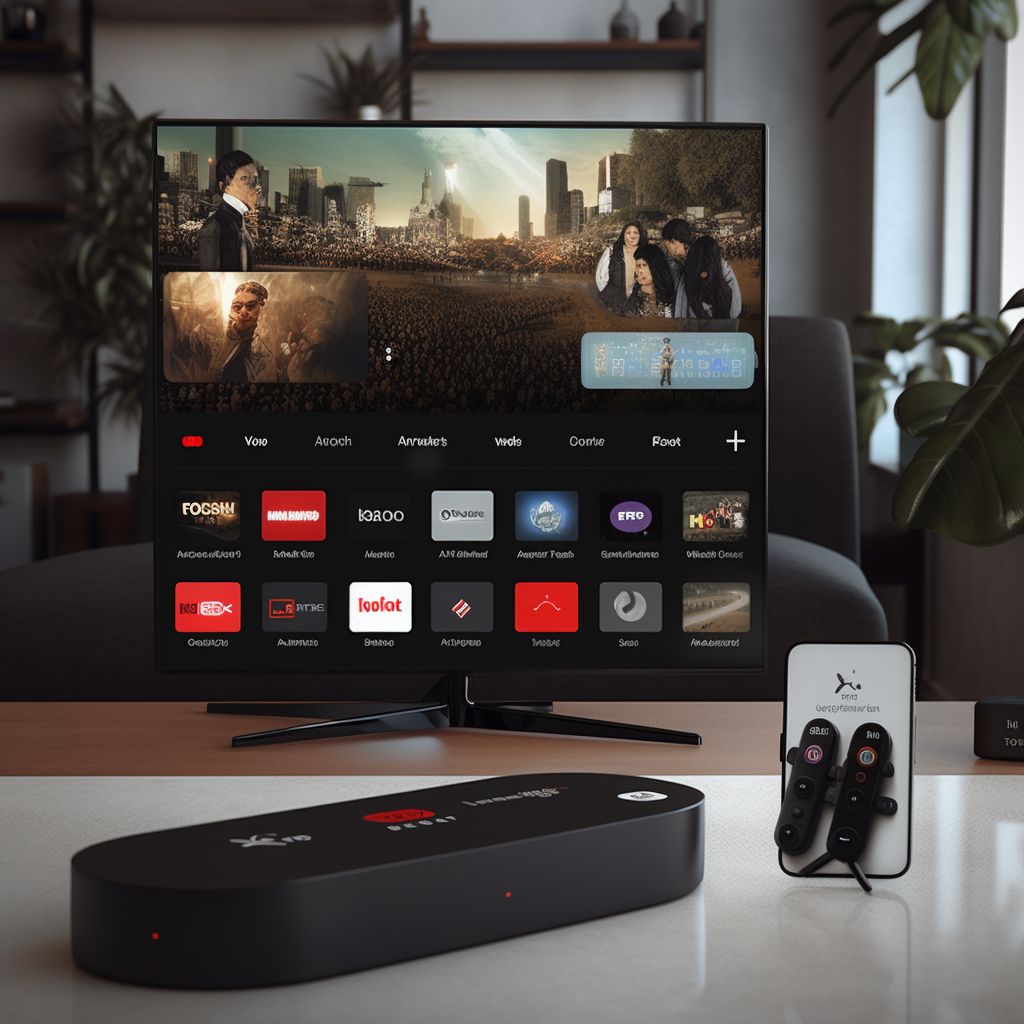The Ultimate Guide to Finding the Best Player IPTV Solutions in 2024

Introduction
Did you know that over 78% of streaming enthusiasts struggle to find reliable IPTV players that balance quality, performance, and user experience? The digital streaming landscape is evolving rapidly, with IPTV subscriptions growing by 24% annually. Whether you’re looking to enhance your streaming setup with the best player IPTV options or searching specifically for the best IPTV for Firestick, this comprehensive guide will walk you through everything you need to know to make an informed decision that matches your entertainment needs.
Essential Features to Look For
When evaluating IPTV players, certain features distinguish the exceptional from the merely adequate:
- Stream Stability: Look for players with buffering prevention technology
- User Interface: Intuitive navigation and customizable layouts
- EPG Integration: Electronic Program Guide compatibility
- Multi-screen Support: Ability to watch multiple channels simultaneously
- Format Compatibility: Support for various video formats (M3U, M3U8, TS, etc.)
- Catch-up TV: Access to previously aired content
- Recording Capabilities: Option to save content for later viewing
- Customization Options: Personalized viewing experience settings
- Cross-platform Availability: Accessibility across multiple devices
These features form the foundation of what makes an IPTV player truly valuable for everyday streaming enthusiasts.
Timing Considerations
Subscription Duration Options
Most premium IPTV services offer various subscription timeframes to accommodate different user needs:
- Monthly Plans: Typically range from $10-15, ideal for trying out services
- Quarterly Plans: Usually $25-40, offering better value than monthly subscriptions
- Annual Plans: Often $70-120, providing maximum cost savings (approximately 30-40% discount)
- Trial Periods: Many services offer 24-48 hour trials for $1-3
The sweet spot for most users tends to be quarterly subscriptions, balancing commitment with cost efficiency and service updates.
Step-by-Step Setup Guide
Step 1: Choose Your IPTV Player Application
Select a player that aligns with your device ecosystem. Popular options include VLC for versatility, TiviMate for Android users, and GSE Smart IPTV for iOS devices. Consider user reviews focusing on stability and interface experience rather than just download numbers.
Step 2: Install Your Selected Player
Download the application from official stores whenever possible. For side-loaded applications, ensure you’re getting them from reputable sources to avoid security risks. Most quality players require less than 100MB of storage space.
Step 3: Configure Your IPTV Subscription
Enter your provider’s M3U playlist URL or upload the file directly to your player. This process typically takes less than 5 minutes, with EPG data potentially taking up to 15 minutes for initial loading.
Step 4: Customize Your Viewing Experience
Adjust settings like buffer size (recommended: 5-10 seconds for stable connections), organize channel groups, and set up favorites for quicker access to preferred content.
Step 5: Optimize Network Settings
For wireless connections, position your device within 15-30 feet of your router for optimal performance. Consider using Ethernet connections for 4K content to eliminate potential Wi-Fi interference.
Performance Metrics
Understanding what constitutes good performance helps in evaluating IPTV player options:
- Channel Loading Time: Quality players load channels in 2-5 seconds
- EPG Response: Program guide information should populate within 3-7 seconds
- Memory Usage: Efficient players utilize 150-300MB of RAM during operation
- CPU Utilization: Should remain below 15% on modern devices during standard playback
- Battery Impact: Mobile applications should consume no more than 12-15% battery per hour of viewing
Players demonstrating metrics outside these ranges may require optimization or replacement.
Alternative Streaming Solutions
Consider these alternatives if traditional IPTV players don’t meet your needs:
- Media Center Applications: Kodi with IPTV addons offers extensive customization
- Smart TV Native Apps: Built-in solutions like Samsung TV Plus provide legal alternatives
- Web-based Players: Browser-accessible options eliminate installation requirements
- Multi-service Aggregators: Applications that combine IPTV with other streaming services
These alternatives can provide specialized features that dedicated IPTV players sometimes lack.
Troubleshooting Common Issues
Buffering Problems
Implement these fixes for smoother streaming:
- Increase buffer size to 8-10 seconds in player settings
- Use VPN services with dedicated streaming servers
- Schedule viewing during off-peak hours when provider traffic is lower
EPG Synchronization Issues
When program guides aren’t matching content:
- Manually refresh EPG data every 24-48 hours
- Set automatic updates to occur during low-usage periods
- Verify timezone settings match your local region
Connection Stability
For users experiencing intermittent disconnections:
- Implement IPTV player reconnection settings (3-5 retry attempts)
- Consider DNS-level solutions to prevent ISP throttling
- Use player applications with built-in network diagnostics
Best Practices for IPTV Usage
Maximize your streaming experience with these expert recommendations:
- Regular Updates: Keep your player applications updated monthly
- Account Security: Use dedicated email addresses for IPTV subscriptions
- Content Organization: Spend 15-20 minutes initially organizing channels into logical groups
- Performance Monitoring: Periodically check resource usage during extended viewing sessions
- Backup Solutions: Maintain secondary player options for service interruptions
Following these practices ensures consistent quality viewing experiences across all content types.
Conclusion
Finding the right IPTV player involves balancing technical requirements, user experience, and content accessibility. By focusing on stability, interface quality, and format compatibility, you can significantly enhance your streaming experience. Remember that the best solution often varies based on your specific device ecosystem and viewing habits.
We encourage you to test multiple player options before committing to a single solution, as the streaming landscape continues to evolve rapidly. Share your experiences with different players to help others navigate this dynamic technology space.
FAQs
Q: Are IPTV players legal to use?
A: Yes, IPTV player applications themselves are legal software. The legality concerns primarily revolve around the content accessed through these players, not the technology itself.
Q: How much bandwidth does quality IPTV streaming require?
A: For standard definition content, 3-5 Mbps is typically sufficient. HD content requires 5-10 Mbps, while 4K streaming needs a minimum of 25 Mbps for buffer-free viewing.
Q: Can I use the same IPTV subscription on multiple devices?
A: Most services allow 1-3 simultaneous connections, though premium subscriptions may offer up to 5 concurrent streams across different devices.
Q: Do IPTV players work with free content sources?
A: Yes, most players support both paid subscription streams and freely available legal content sources like Pluto TV channels and similar services.
Q: How often should I update my IPTV player application?
A: Check for updates monthly, though many applications now offer automatic update functionality that handles this process in the background.

